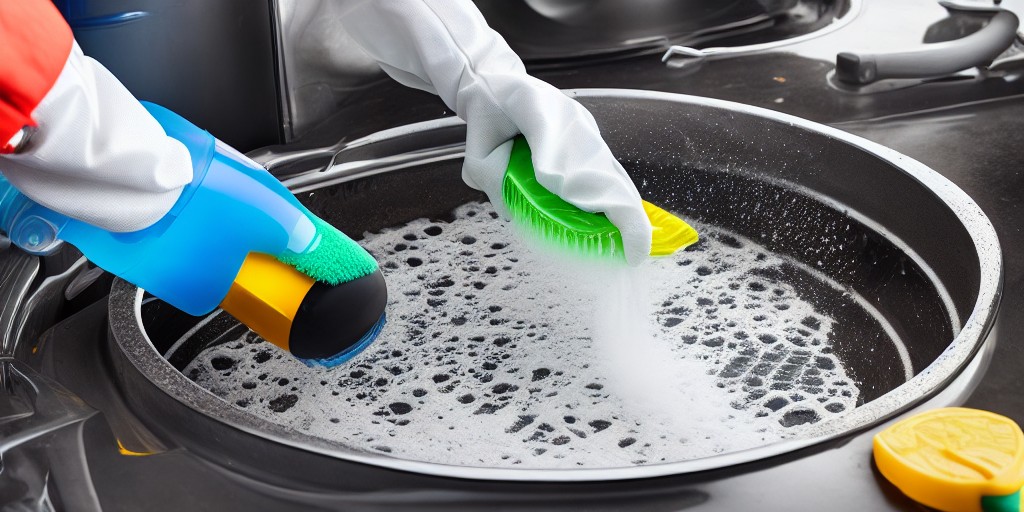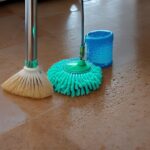When it comes to household cleaning products, Clorox is a brand that many people trust to keep their homes clean and safe from harmful bacteria and viruses. However, some individuals have reported experiencing headaches after using Clorox products. In this article, I will explore whether Clorox can cause headaches and what you can do to prevent them.
Headaches are a common occurrence and can be caused by a variety of factors, including stress, lack of sleep, dehydration, and exposure to certain chemicals. Some individuals have reported experiencing headaches after using Clorox products, which has raised concerns about the safety of these products.
What is Clorox?
Clorox is a brand of household cleaning products that includes disinfectants, bleach, and other cleaning solutions. The Clorox company was founded in 1913 and has since become a leading manufacturer of cleaning and household products.
Chemical Composition of Clorox
Clorox products contain a variety of chemicals, including sodium hypochlorite, sodium chloride, and sodium hydroxide. These chemicals work together to disinfect and clean surfaces, but they can also be harmful if ingested or inhaled.
Can Clorox Cause Headaches?
There is some evidence to suggest that Clorox products can cause headaches in some individuals. This is because the chemicals in Clorox can irritate the respiratory system and cause inflammation in the nasal passages and sinuses, which can lead to headaches.
In addition to respiratory irritation, Clorox products can also cause eye and skin irritation, which can further exacerbate headaches and other symptoms.
Other Side Effects of Clorox.
In addition to headaches, Clorox products can also cause other side effects, including:
- Eye and skin irritation
2. Nausea and vomiting
3. Difficulty breathing
4. Chest pain
5. Chemical burns (if the product is ingested or comes into contact with skin)
These side effects are more likely to occur if the product is not used properly or if the individual is sensitive to the chemicals in Clorox.
How to Prevent Headaches from Clorox.
If you are experiencing headaches after using Clorox products, there are several things you can do to prevent them:
- Use Clorox products in a well-ventilated area to reduce exposure to fumes
2. Wear gloves and other protective gear when using Clorox products to avoid skin contact
3. Follow the instructions on the product label carefully to ensure proper use and dilution
4. Consider using alternative cleaning products that are less likely to cause headaches or other side effects
Alternatives to Clorox.
If you are looking for alternatives to Clorox, there are several options available that are less likely to cause headaches and other side effects. Some popular alternatives include:
- Vinegar and water
2. Baking soda and water
3. Hydrogen peroxide
4. Essential oils (such as tea tree oil)
These alternatives are not only safer for your health but are also better for the environment and more cost-effective than many commercial cleaning products.
Conclusion.
In conclusion, Clorox products can cause headaches in some individuals due to the chemicals they contain. If you are experiencing headaches or other side effects after using Clorox products, it is important to take steps to reduce your exposure to these chemicals, such as using the products in a well-ventilated area and wearing protective gear. You may also want to consider using alternative cleaning products that are less likely to cause headaches or other side effects.
It is important to note that while Clorox products can cause side effects in some individuals, they are generally safe when used properly. If you have concerns about the safety of Clorox products, you should speak with your healthcare provider or a professional cleaner for guidance.
FAQs on Can Clorox Cause Headaches?
Can Clorox cause migraines?
While headaches are a common side effect of Clorox products, there is no evidence to suggest that they can cause migraines specifically. However, individuals who are prone to migraines may be more sensitive to the chemicals in Clorox and may experience more severe headaches.
How long do Clorox fumes last?
The length of time that Clorox fumes last depends on several factors, including the size of the room, the ventilation, and the amount of Clorox used. In general, Clorox fumes can linger for several hours after use, so it is important to use the product in a well-ventilated area and avoid exposure to the fumes.
What are the symptoms of Clorox poisoning?
Symptoms of Clorox poisoning can include nausea, vomiting, difficulty breathing, chest pain, and chemical burns. If you experience these symptoms after using Clorox products, you should seek medical attention immediately.
Can Clorox cause skin irritation?
Yes, Clorox products can cause skin irritation if they come into contact with the skin. It is important to wear gloves and other protective gear when using these products to avoid skin contact.
Are there any natural alternatives to Clorox?
Yes, there are several natural alternatives to Clorox, including vinegar and water, baking soda and water, hydrogen peroxide, and essential oils. These alternatives are generally safer for your health and the environment than commercial cleaning products.




